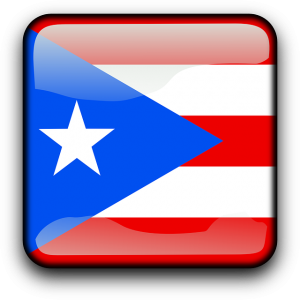 Puerto Rico is at it again. The 25-year’s long economic disaster has the island’s $70 billion debt deemed “unpayable”, according to governor Ricardo Rossello.
Puerto Rico is at it again. The 25-year’s long economic disaster has the island’s $70 billion debt deemed “unpayable”, according to governor Ricardo Rossello.
Further north, Connecticut governor Dannel Mallow is being told by his budget team that the state will face a $600 million shortfall in tax revenues next year, and nearly $1 billion in 2019.
What does this mean for muni bonds in general?
Aside from picking your spots, it means the muni bond market is as risky as ever, with PIMCO calling for greater caution this year.
Municipals under performed other U.S. bonds following the 2016 election as tax reform, near the top of the new administration’s agenda, loomed over the market. Flows into municipal bond funds have been positive regardless, and recent trends point to further potential upticks as the policy outlook turns more favorable, Pimco analysts led by head of municipal bond portfolio management, David Hammer, said in a note this week.
“We continue to see downside risk to owning Puerto Rican government debt,” says Hammer, adding that PIMCO is still a buyer of certain revenue bonds from there.
Back in January, Hammer and his colleague, muni credit researcher Sean McCarthy, warned investors of a volatile 2017 due to inflation, higher interest rates, and corporate tax reform.
A proposed decline in the corporate tax rate to 20% would change the lens through which many banks and insurance companies view investing in munis, they said. Some might still be buyers in times of stress, but most are more likely to require higher relative yields before dipping in.
PIMCO’s California Municipal Bond Fund (PZC 6,95 +0,04 +0,58%), a closed end fund, is up 7.42% this year and pays a nice 5.91% dividend.
State Street’s SPDR Nuveen Barclays Capital Muni Bond (TFI 45,83 +0,09 +0,20%) ETF is not as attractive on a yield basis, paying 2.28% and up only 1.4% this year.

